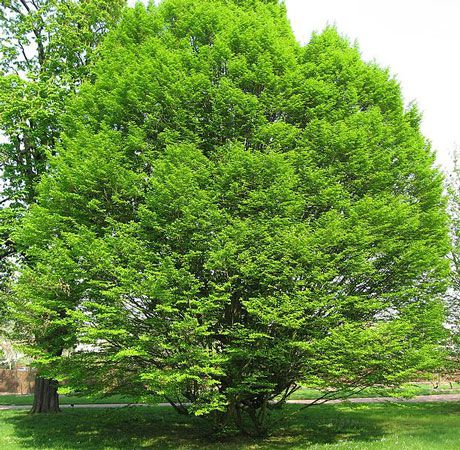-
 Sombrero galaxy
Sombrero galaxy
-
 Proboscis
Proboscis
-
 Exophthalmus
Exophthalmus
-
 Afferent
Afferent
-
 Swaping
Swaping
-
 Glaucoma
Glaucoma
-
 Coal
Coal
-
 Registrar
Registrar
-
 Environmental remediation
Environmental remediation
-
 Great Red Spot
Great Red Spot
-
 Parasite
Parasite
-
 Egg
Egg
-
 CTP
CTP
-
 Deimos
Deimos
-
 Transmutation
Transmutation
-
 Proxy
Proxy
-
 Immunomodulator
Immunomodulator
-
 Ethernet
Ethernet
-
 Galaxy cluster
Galaxy cluster
-
 Processor
Processor
-
 Graphics software
Graphics software
-
 Frequency band
Frequency band
-
 Western corn rootworm
Western corn rootworm
-
 Exploit
Exploit
-
 Birds Directive
Birds Directive
-
 Biomimetics
Biomimetics
-
 Internal haemorrhoid
Internal haemorrhoid
-
 Dunite
Dunite
-
 Glycocalyx
Glycocalyx
-
 Fertility
Fertility
Common hornbeam
The common hornbeam is a tree found in forests, often in the brush as it tolerates partial shade. It grows well in mixed stands with oaks. This species, which may reach a height of between 15 and 20 metres, grows slowly and can live a long time, up to 150 years.

Common hornbeam (Carpinus betulus). © Botarus, public domain
Names
The common hornbeam (Carpinus betulus), from the Betulaceae family, is also known as the "European hornbeam".
Botanical description
The trunk and the largest branches of this species are covered with ripples. Its trunk has white patches. Its deciduous leaves, of about a dozen centimetres, are alternate, distichous, doubly dentate and smooth with marked veins.
Its flowers are arranged in inflorescences, on hanging catkins. Its male and female flowers are on different catkins, but both sexes are present on each plant, as the hornbeam is a monoecious species. Male flowers are reduced to stamens, 10 to 20 in number. Female flowers have a pistil, made of an ovary with two theca layers located above two stigma, and a calyx. The fruis of this tree are woody achenes, attached to a bract in the shape of a leaf.

Common hornbeam flowers. © Kenraiz, Krzysztof Ziarnek, GNU Free Documentation License, version 1.2
Origins
The common hornbeam comes from the temperate regions of the Northern hemisphere, mainly the Far East and in particular China.
Growing conditions
This species likes sandy-clay soil, loves heat, but also grows well in cool soil and humid as well as dry land. Although it can withstand cold weather and frost, it only rarely grows in the mountains.
Use
The wood of the hornbeam is excellent for heating and is used to make workbenches, posts, railway sleepers, chipboard and tool handles.
Author: Michel Caron
 The common hornbeam. © Liné1, GNU Free Documentation License, version 1.2
The common hornbeam. © Liné1, GNU Free Documentation License, version 1.2
Latest
Fill out my online form.



